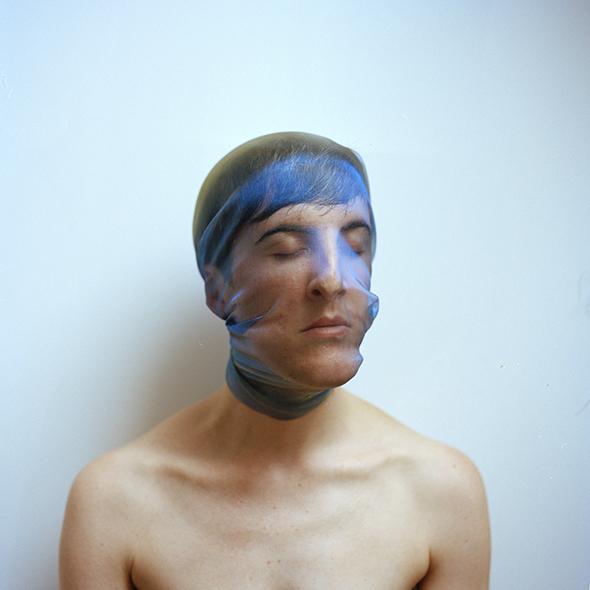'Charcot' by Kirsty Stevens. MRI scan etched onto a bell jar
Advertisement
Advertisement
A photo from Hannah Laycock's 'Awakenings' series
Stevens's laser etched lesion print
Advertisement
Photo by Hannah Laycock

'Charcot' by Kirsty Stevens. MRI scan etched onto a bell jar
A photo from Hannah Laycock's 'Awakenings' series
Stevens's laser etched lesion print
Photo by Hannah Laycock
